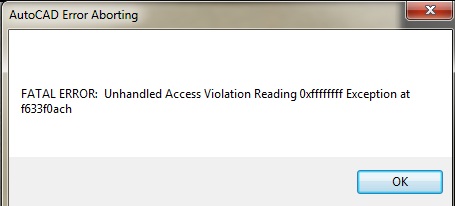Speed tests are simple tests that gauge and measure your internet speed. Regular speed checks are recommended on your internet as they can reveal any connectivity, bandwidth bottleneck, or ISP performance issues early on.
People usually visit multiple sites that offer to measure your internet speed for you. But there are many tools in the Linux Mint 20 system that can provide the same service with less hassle.
Here at Ibmi Media, as part of our Server Management Services, we regularly help our Customers to perform related System Monitoring queries on Linux System.
How to Check Internet Speed Using speedtest-cli ?
Before performing this procedure, ensure that you are using a user with sudo privileges.
speedtest-cli is a simple, open-source, and compact tool powered by speedtest.net, which checks your internet bandwidth for you.
To install speedtest-cli, run the following command:
$ sudo apt install speedtest-cliYou can launch the speedtest with the following command, once the installation is done:
$ speedtestHow to Check Internet Speed Using FAST ?
Fast is also a very simple and to the point CLI utility by Netflix. It only measures the download speed of your internet.
The easiest way to install and manage fast in your system is to install it through snap. But in the Linux Mint system, the snap support is disabled.
You can run the following commands to enable snap support.
$ sudo rm /etc/apt/preferences.d/nosnap.pref$ sudo apt updateOnce your snap support is enabled, you can install the snapd package with the following command:
$ sudo apt install snapdFinally, install fast snap using the following command:
$ sudo snap install fastYou can Launch fast in the terminal and give it a moment:
$ fastHow to Check Internet Speed With NetSpeed GNOME Shell Extension ?
You can use the Gnome shell extension called NetSpeed if you want to check and monitor your internet connection regularly. This extension will give you a sec by sec internet speed from your system tray. This extension will provide a sec by sec internet speed from your system tray.
This method will only work if you are using the GNOME desktop environment. To install this extension, first, install the gnome-shell extension with the following command:
$ sudo apt install gnome-shell-extensionsNow reboot your system and login to the GNOME Classic desktop environment.
Now, you can open Extensions from the applications.
Search for NetSpeed extension. Once you find the extension, you can select the version and slide the on/off button to On.
When prompted, press Install.
For confirmation, you can see the extension in your Extensions application.
You will notice that there is speed mentioned in your system tray. You can click on it to see more information.
How to Check Internet Speed Using NetHogs ?
NetHogs is a simple command-line utility that measures your internet speed. But it has a unique feature that shows internet bandwidth according to processes which can be beneficial in monitoring processes for bandwidth consumption.
To install NetHogs, run the following command:
$ sudo apt install nethogsYou can Launch NetHogs in the terminal by running the command:
$ sudo nethogsNow, you will see process-wise bandwidth breakdown in the output.
[Need help in monitoring the state of your Linux System? We can help you. ]
Conclusion
This article covers different ways to measure and monitor your internet bandwidth in Linux Mint System. Speedtest CLI is a command-line tool that is tailored for system administrators and developers, and command-line enthusiasts. It provides the capability of checking the internet speeds straight from your Linux terminal.
Speedtest CLI allows you to do the following:
- Check the bandwidth performance including metrics such as download, upload, and packet loss.
- Check the connection from your PC or even a remote server and IoT devices such as Raspberry Pi.
- Configure scripts to collect speed test results over a period of time.
- Save results in CSV or JSON.
How to Check version of Speedtest-cli in Linux Mint ?
To check the version of the Speedtest-cli tool, run the command:
$ speedtest-cli --version
This article covers different ways to measure and monitor your internet bandwidth in Linux Mint System. Speedtest CLI is a command-line tool that is tailored for system administrators and developers, and command-line enthusiasts. It provides the capability of checking the internet speeds straight from your Linux terminal.
Speedtest CLI allows you to do the following:
- Check the bandwidth performance including metrics such as download, upload, and packet loss.
- Check the connection from your PC or even a remote server and IoT devices such as Raspberry Pi.
- Configure scripts to collect speed test results over a period of time.
- Save results in CSV or JSON.
How to Check version of Speedtest-cli in Linux Mint ?
To check the version of the Speedtest-cli tool, run the command:
$ speedtest-cli --version
















